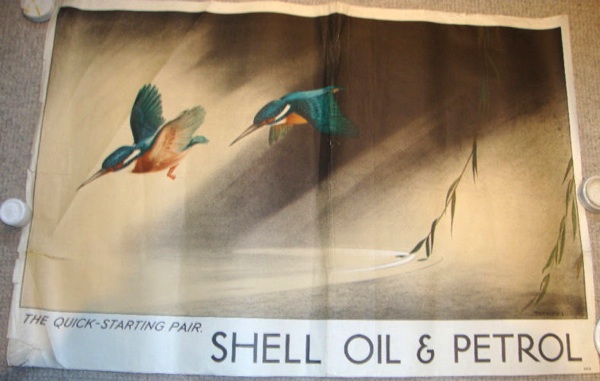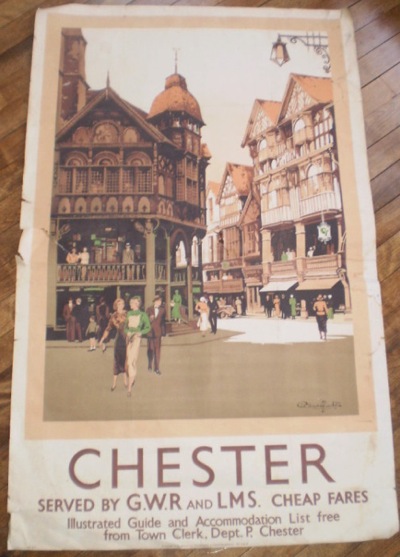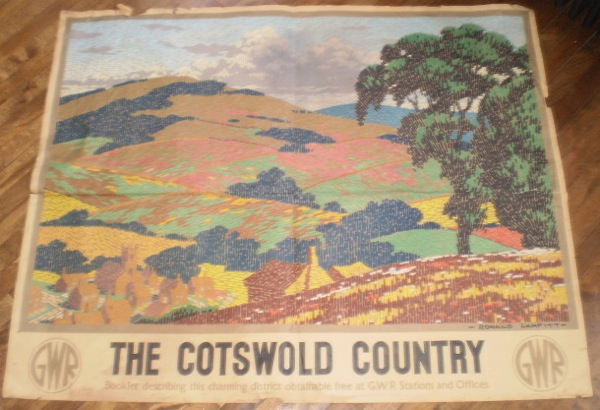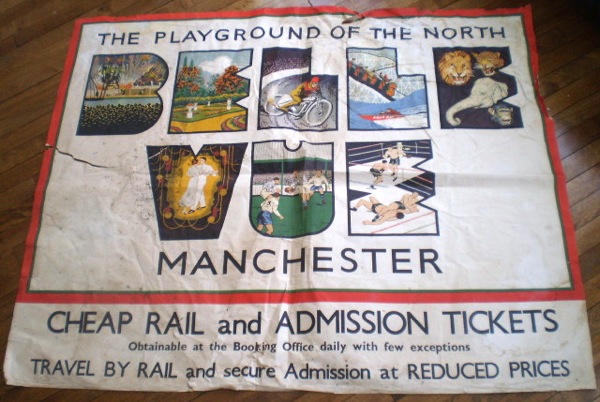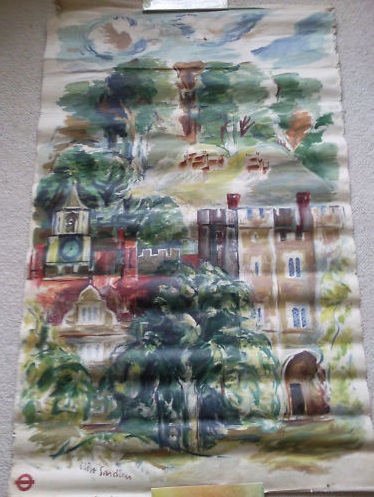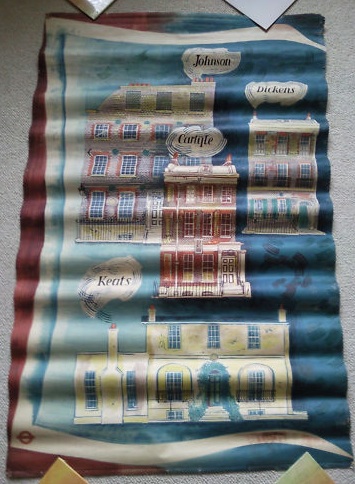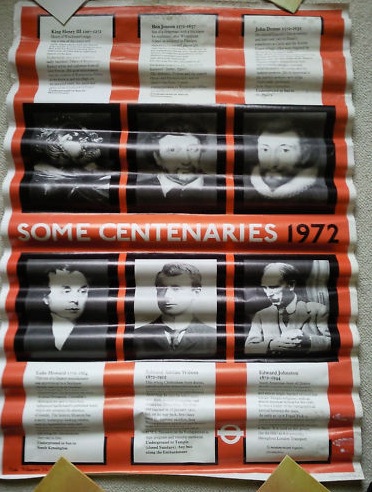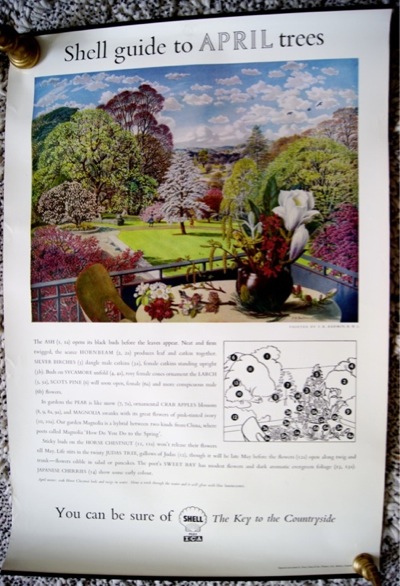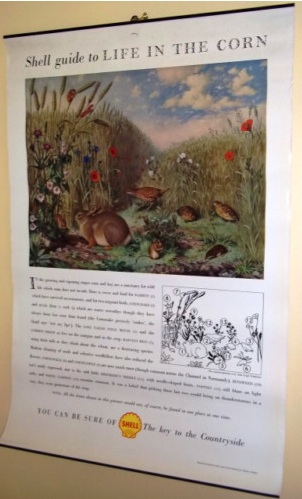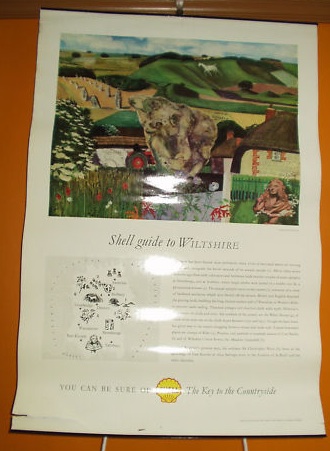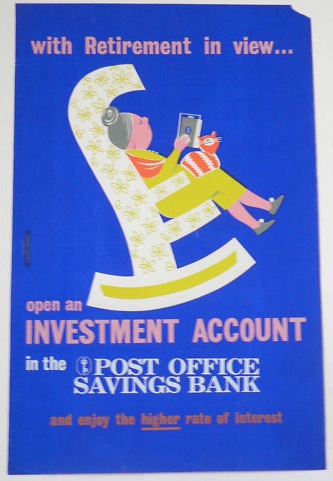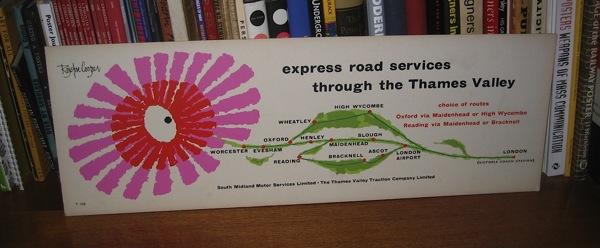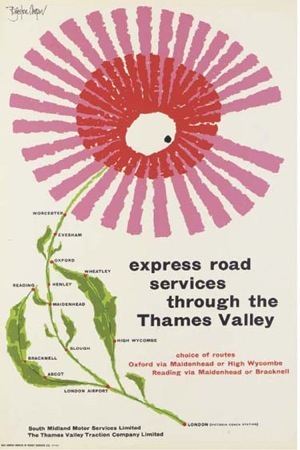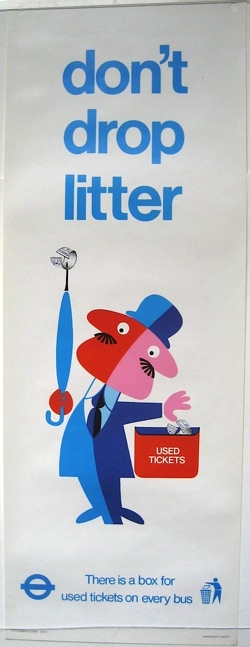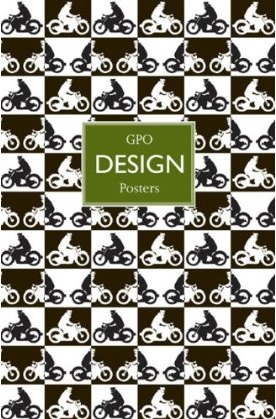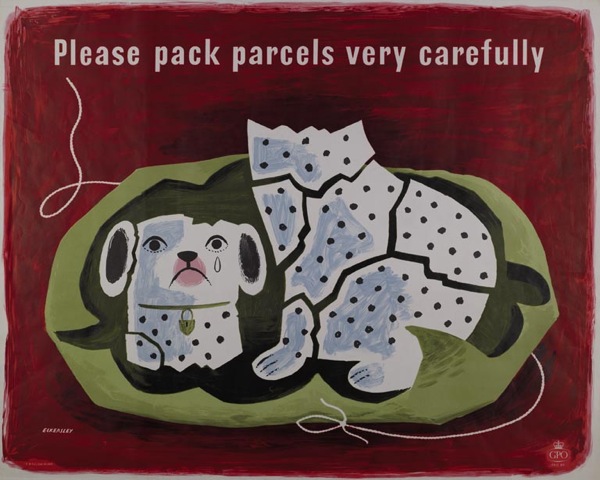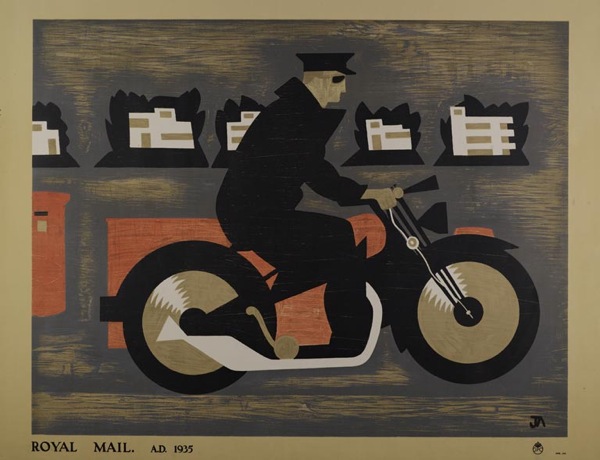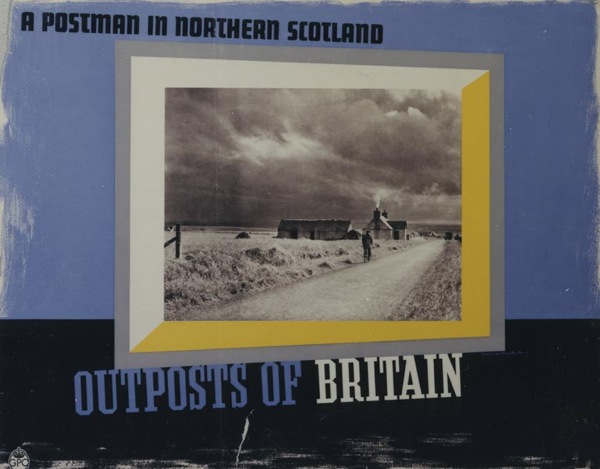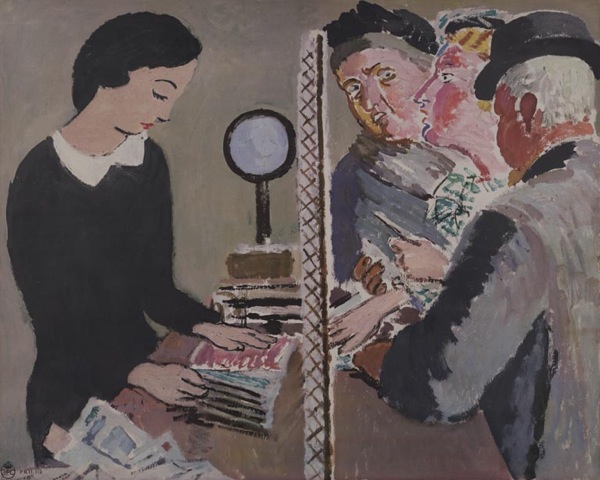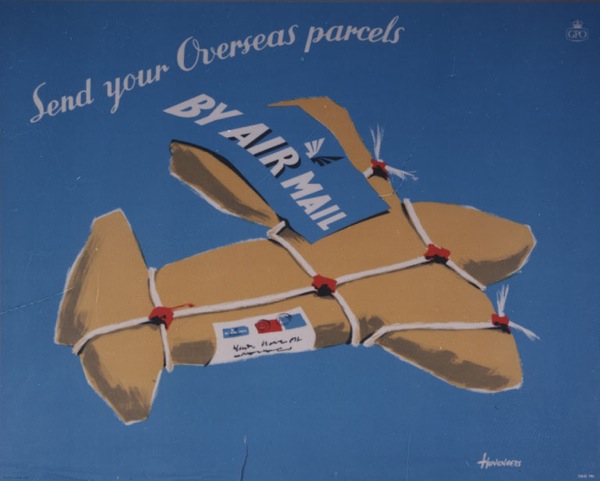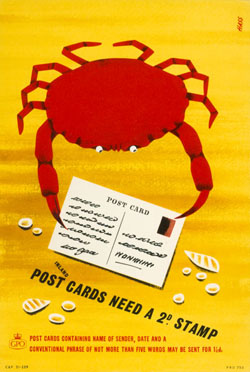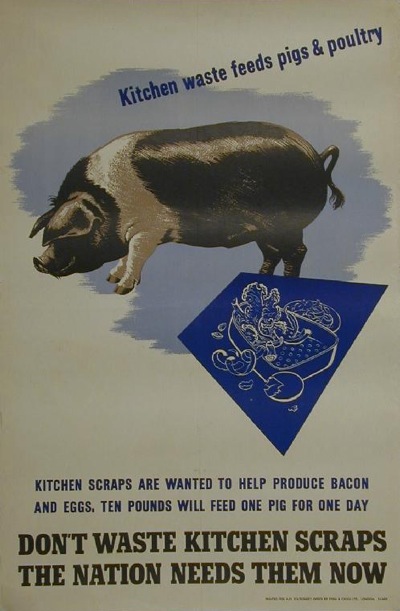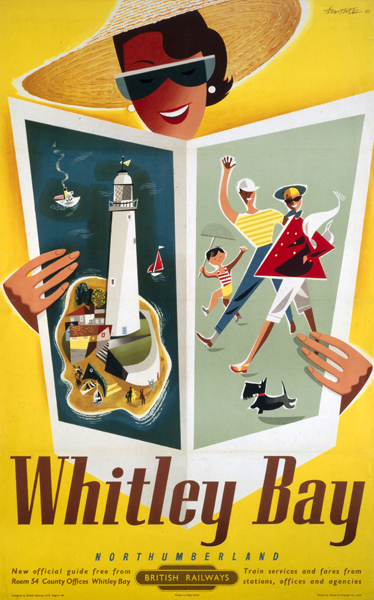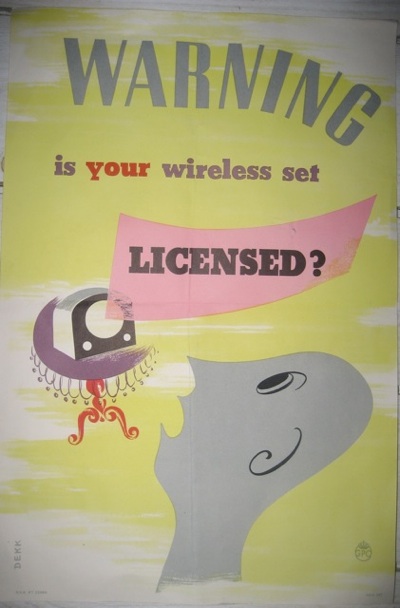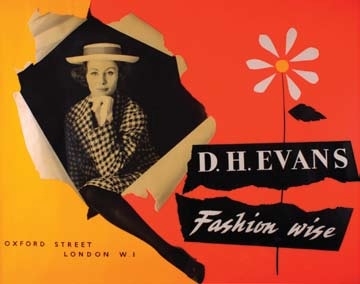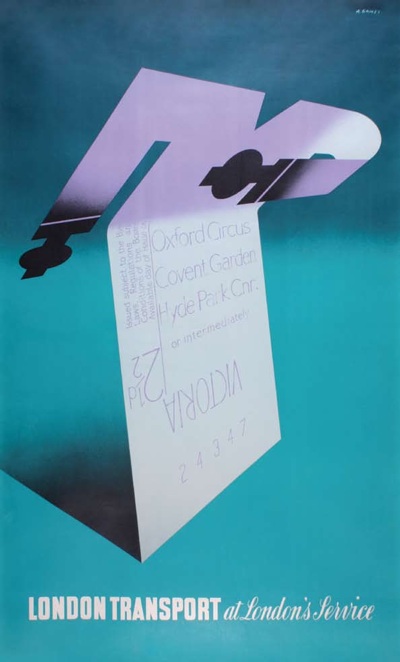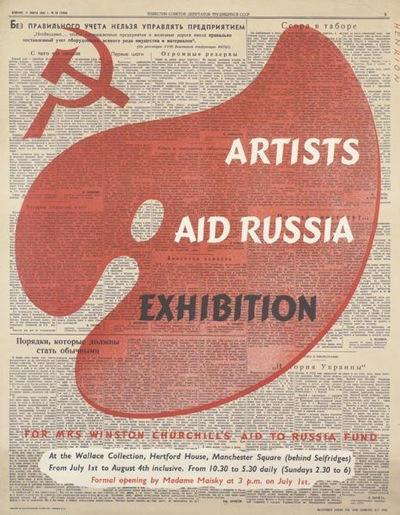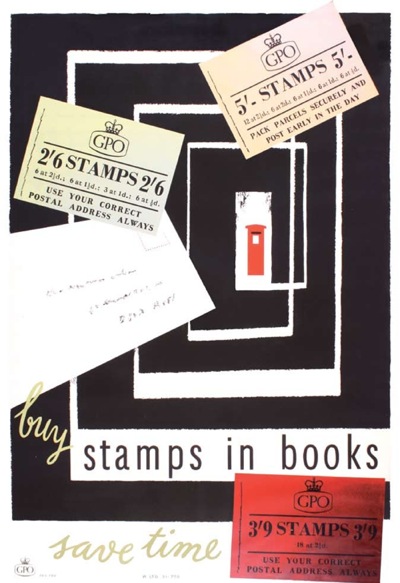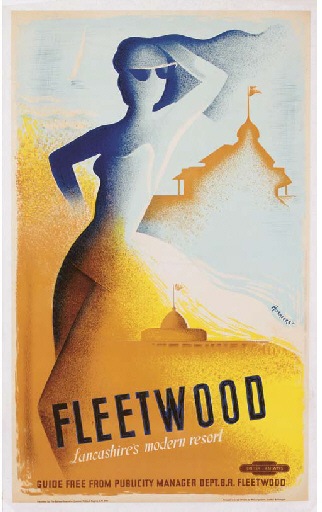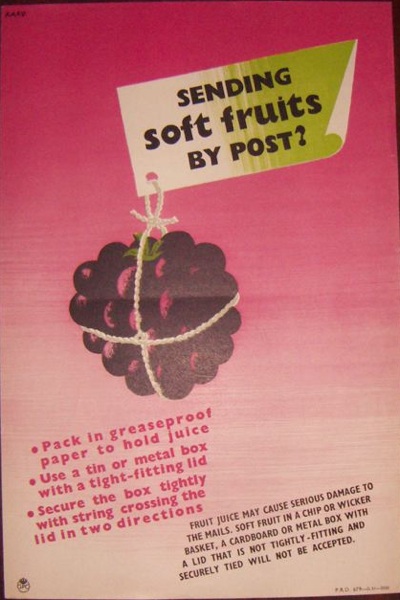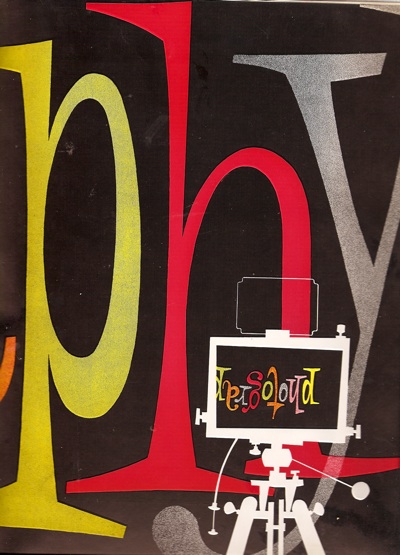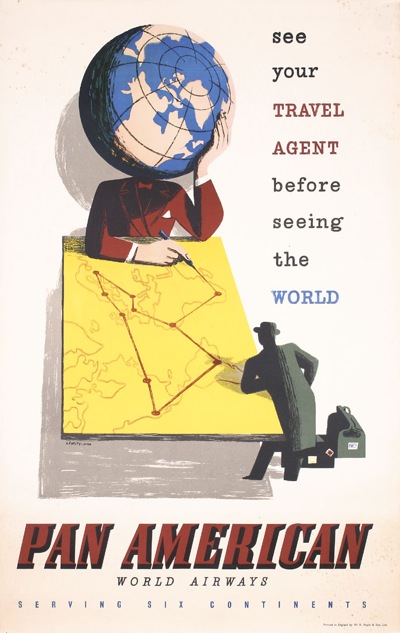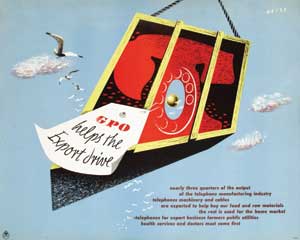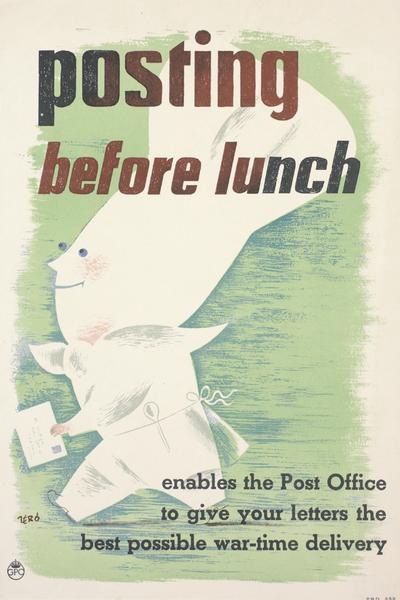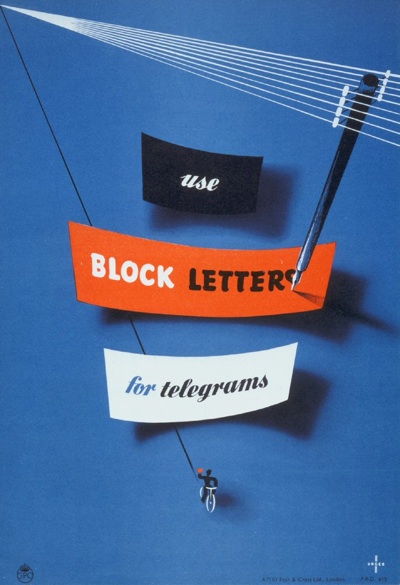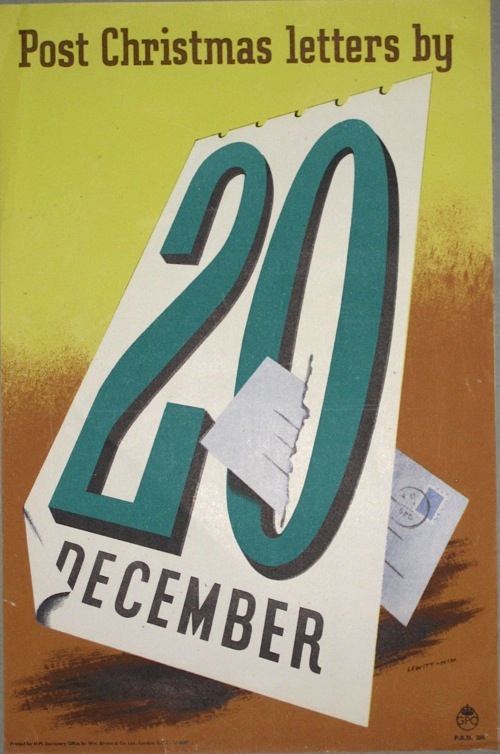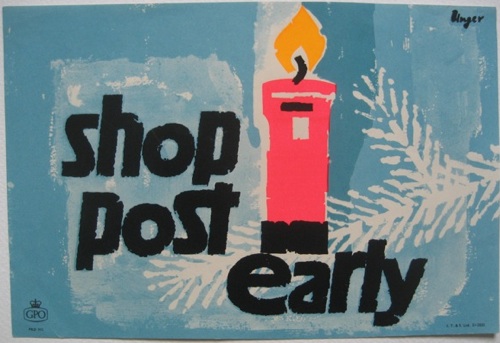Ceci n’est pas un crease
Everyone has spent their weekend listing posters on eBay, it seems. Well, everyone except me. But there is a something for almost every taste out there this morning.
Quite a bit of it is, however, somewhat battered. Like this Tom Purvis poster, for example.
This series has been mentioned on here before, as an example of the shift in Shell advertising from technical to natural. Which it is, along with being by Tom Purvis. So I really ought to like it. But I don’t, not even a little bit.
Mind you, it’s in better condition than the next exhibit, this whole collection of posters in the States, apparently discovered in an attic in 1967.
The three above are the classics, but my favourite has to be this one.
In my head, I am now back in Manchester, to a soundtrack of the Smiths. And I’ve never seen that poster before either, so it’s doubly pleasing.
These are all a bit spotted and chewed, but there are other ways to mistreat posters.
My eyes, my eyes. It’s Out and About: Country Houses by Clive Gardiner from 1951, in case you can’t tell. Sadly there are several in this state up for sale, including Literary London by Sheila Robinson.
Although the listings beg more questions than they answer.
Unfortunately this poster has been stored wrapped in an obscure way, which has left it too unravel as shown.
However there are no creases caused by this, so once framed or flattened out it will look good as new.
No, there are creases, I can see them. Which leads me to suggest that it will take more than flattening to sort this out.
As is all the fashion these days, they’re all listed for £99, which I don’t really think they’re worth in this condition. While the Peter Roberson below wouldn’t be worth that if if were flat, mounted on linen and offering to make me a cup of coffee every morning.
Well, perhaps for the coffee.
There have also been a rash of Shell Educational posters turning up too. A complete set of S R Badmin’s monthly Guide to Trees is available for the rather eyewatering sum of £350.
Which compares rather unfavourably with both the full series of John Leigh Pemberton’s Life In… posters at just £1.99 each
and also these six County posters, which have an even lower starting price of £1.50.
I wish I knew, for no other reason than my own satisfaction, what Shell educational posters were really worth. I’ve seen auction houses really talk them up (although not always manage to sell them) while other auction houses won’t even take them these days. So I shall watch these sales with interest and see if I can draw any conclusions.
Finally, someone other than us is selling Daphne Padden posters. So if you’ve missed something you liked, here’s another bite at the cherry.
These ones are also signed in pencil, as were some of the ones that we bought from her estate sale, so I wonder whether they too came from her own collection. Perhaps I’ll email and ask.
